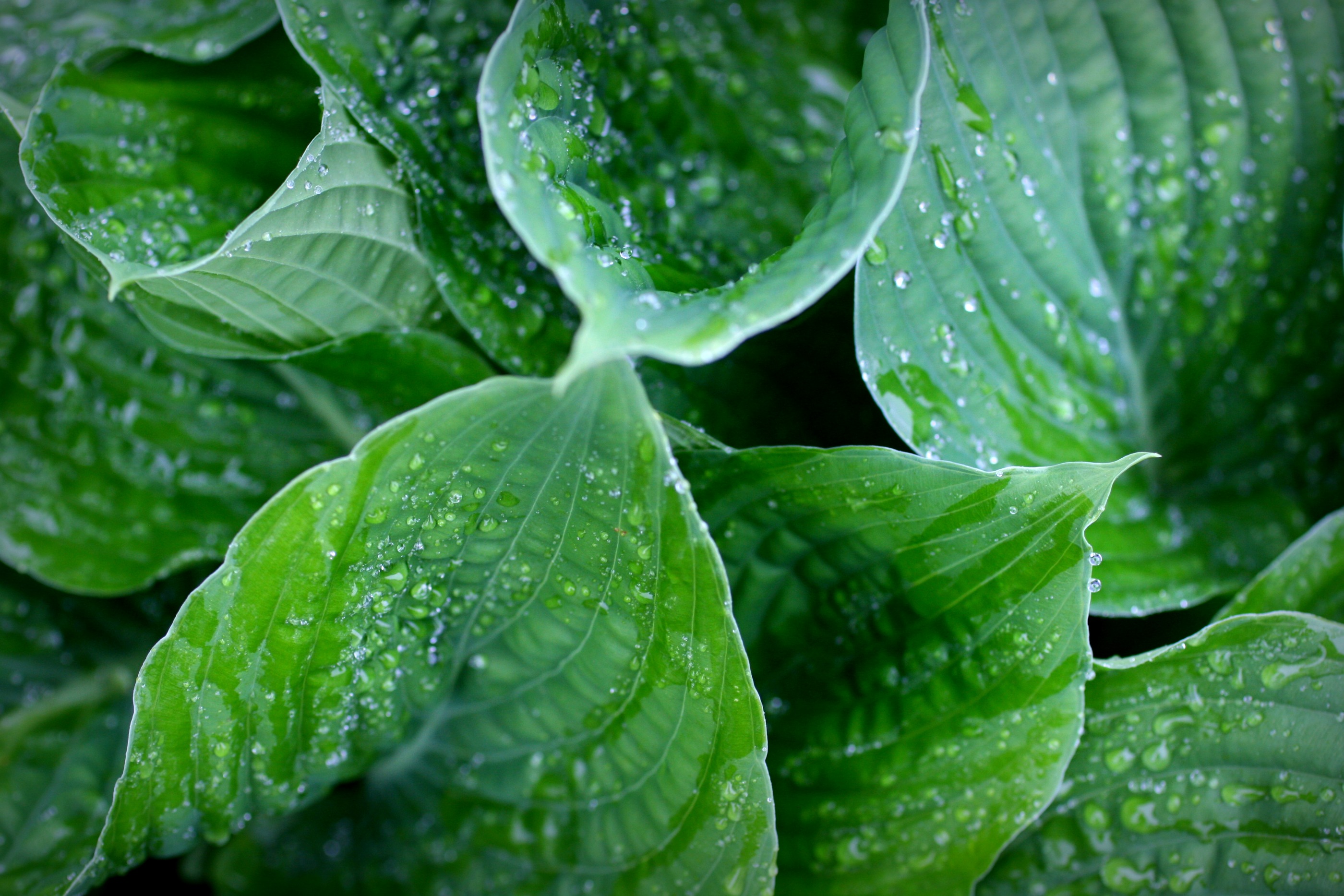As the sun continues its radiant climb to summer heights and the buds begin to unfurl from the soft ground, there is a natural draw to be outside in the garden. From dirt caked onto the knees of my jeans to the neat row of garden tools leaning on the fence, I revel in nearly every part of working out in the yard- whether exciting or mundane. Spending more time in the garden recently got me to thinking: while we often talk about the quality of our drinking water, we rarely give thought to the water that we use to nourish and hydrate our plants.

According to gardening experts, knowing when and how to water plants is one of the most fundamental elements of gardening. Yet, mastering this seemingly simple task can be more complex than one might initially think. In addition to the ordeal of undoing those pesky tangles in the garden hose (which somehow seem to appear no matter how careful you are), there are a number of considerations to take into account when it comes to watering plants: where to place the water, what the best times of day to water are, how much to use, how fast to apply it...the list goes on and on! Before setting out to figure any of this out however, you must first take into account the overall quality of the water that you are using in your garden.
April showers bring May flowers...
Did you know that lawn and garden watering accounts for 40% of total household water use during the spring and summer? While some individuals are fortunate to have a well for use in their gardens, many of us use tap water to hydrate our plants. Unfortunately, if you live in a community with a municipal water supply, you undoubtedly have a slew of chemicals lurking in your water. Although the crystal clear liquid flowing from the faucet may look and smell normal, studies have identified over 2,000 different chemical compounds in U.S. tap water. These chemicals include the many toxins that have leeched into our water supplies from various industries, landfills and other nasty wastes, with the addition of the harsh chemicals that are now used to treat the water before use. While some of these chemicals, such as the disinfectant chlorine, have been added with the virtuous intent to kill off disease-causing pathogens in the water, these chemicals can also cause significant damage.

Remember, healthy soil is made of beneficial bacteria, molds, fungi, and microbes; the very things chlorine is used to kill. Free chlorine cannot differentiate between harmful bacteria and the beneficial bacteria in your garden's soil. Studies have shown that applying chlorine kills the microorganisms in soil or a compost pile. Some people argue that this is not a significant issue or set back, as the microorganisms will quickly rebound under the right conditions. Other experts claim that even minor disruptions to this delicate ecosystem can cause noticeable harm to plants. Such decisions are personal, however either way, it stands to reason that by limiting the amount of chemicals used in your garden can only help to maximize the vitality and robustness of the plants and soils.
Getting clean water to your garden
If you want to minimize the chemical load in your garden, there are some simple things you can do to reduce, or eliminate, chlorine exposure from watering:
Rain Barrels
If you have the space, installing a rain barrel is an effective measure to reduce the amount of chemicals applied to your plants. A rain barrel is a simple system that collects and stores rain water in a large drum for later use. Inexpensive and sustainable, experts project that homeowners can save about 1,300 gallons of water during peak summer months using this method. Potential drawbacks include space and/or climate limitations specific to your area.
Bucket Method
Chlorine is a volatile gas that evaporates relatively quickly. To minimize the amount of chlorine in your garden water, let it to sit out for a day or so in large containers. By keeping several such bucketfuls of water on hand, you have yourself an inexpensive solution to minimizing chlorine application to your garden. Disadvantages of this method include the work involved in filling and lugging the buckets around, and the remaining chemicals such as fluoride and chloramines that will linger in the water.
Garden Hose Filter
Using a garden hose filter is a very convenient way to significantly reduce the amount of chlorine in your outdoor water supply. By attaching a simple mechanism such as the Gard’n Gro dechlorinator directly to a standard garden hose, you can remove over 85% of the chlorine. Hose filters are also a useful option for bathing pets in the warmer month or washing the car. Special dechlorinating filters for hydroponic gardening are also available. Keep in mind however that these filters are specially designed to dechlorinate outdoor water, and will not remove organic contaminants or improve the taste of the water as would a whole house or drinking water filter.
Whole House System
A comprehensive whole house water system can be designed to filter the water for your entire home, including that used in both kitchens and baths, as well as outdoors. Although it will not purify water as the 14-Stage System does, a whole house system will effectively remove chlorine and reduce other damaging chemicals like chloramines and excess mineral content from your water. You can also filter the water used for your lawn irrigation system using a whole house unit. This technology is more expensive than other options, but the investment provides you with a filter that is highly effective, requires little maintenance and comes with the convenience of having one reliable system do the filtration work for your entire home.
